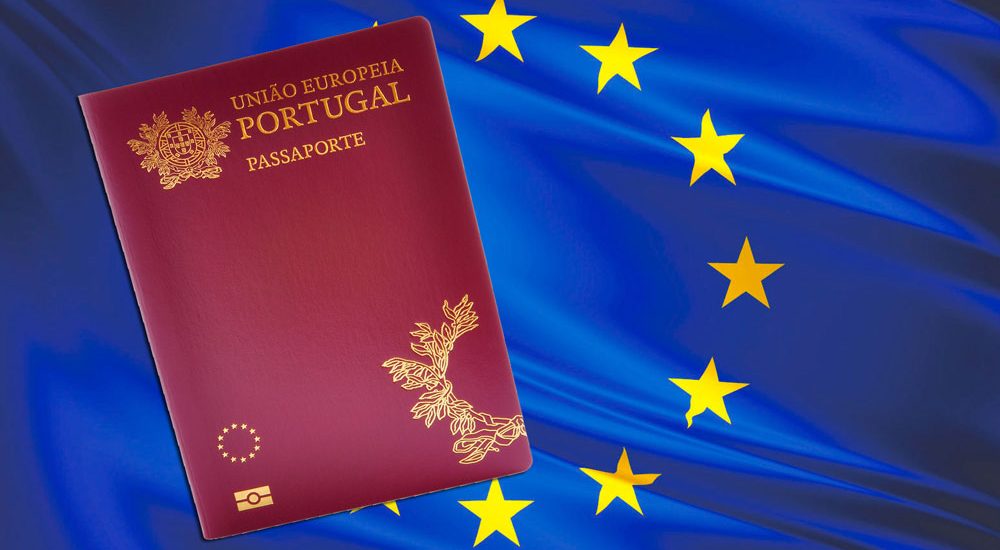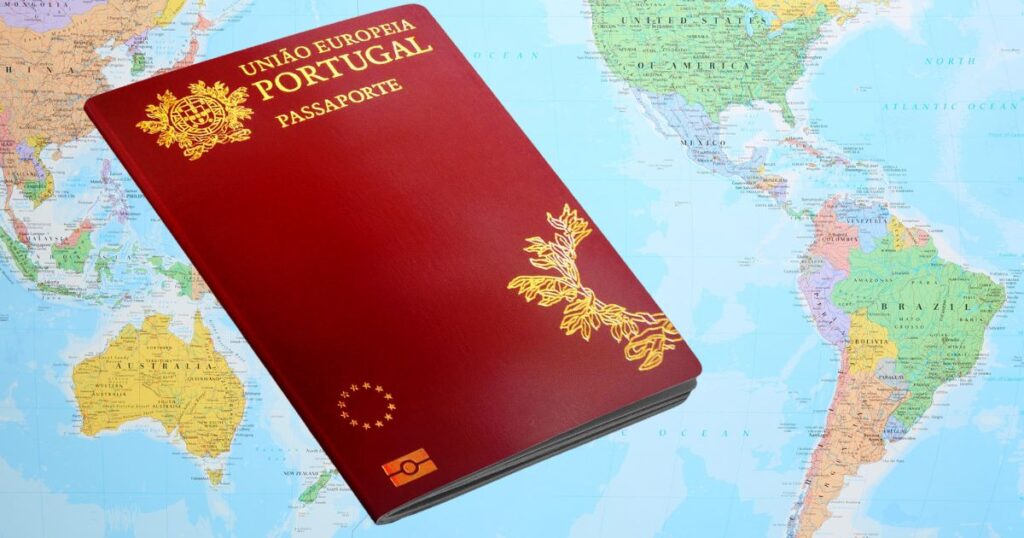The American passport history goes back to 18th century when consular officials issued passports to some citizens of some of the thirteen states during the War for Independence (1775–1783). These passports were only sheets of paper valid only for three to five months.
Back in the 18th century, passports weren’t of use, and no state had any passport requirement. From 1776 to 1783, no state government had a passport requirement. The Department of Foreign Affairs of the war period issued passports under by the Articles of Confederation government (1783–1789)
In September 15, 1789, The Department of Foreign affairs was renamed as Department of State. Thomas Jefferson was appointed as the first Secretary of State after he ended an assignment as Minister to France and assumed his new duties March 22, 1790. Today the Department of State is 239 years old. Back then it was a small office, as Jefferson oversaw a small staff of one chief clerk, three other clerks, a translator, and a messenger and only maintained two diplomatic posts, in London and Paris, as well as 10 consular posts.
Diplomatic and Consular Systems of the United States of 1856, gave the Department of State sole authority to issue passports and made it a crime for a Consular officer to issue a passport to a non-citizen (11 Stat. 60).
American passports of citizens were only used mainly during two periods: during the American Civil War (1861–1865), and shortly after World War I (1914–1918) when european countries imposed passport requirement. The growth of rail travel in Europe also lead to border checks and passport requirement.
For decades thereafter, passports were issued not only by the Department of State but also by states and cities, and by notaries public. This caused widespread confusion abroad as many european countries did not recognize passports issued other than by state department. The Congress in 1856 to gave the Department of State the sole authority to issue passports and made it a crime for a Consular officer to issue a passport to a non-citizen. In June 1870, the State department had a passport bureau.
In Aug 19, 1861 Secretary Seward issued a circular instruction requiring all persons entering or leaving the United States to have a valid passport. This restriction was removed after the Civil War.
Special passports were also issued to US couriers in 1819 to facilitate their travels, according to State department archives.
Records of the Department of State show that 130,360 passports were issued between 1810 and 1873, and that 369,844 passports were issued between 1877 and 1909. Some of those passports were family passports or group passports.
On 1 July 1862, The Internal Revenue Act charged a fee for the issuance of a passport for the first time: $3.00. In 2020, this price would have been $75 dollars. It was briefly raised to $5 dollars and then reduced to $1 in 1888.
In March 1907, An “act in reference to the expatriation of citizens and their protection abroad” allowed passports to be issued to persons who had made a declaration of intent to become citizens, provided that they had resided in the United States for three years. Such passports would only be valid for six months, and would not entitle the bearer to protection in the bearer’s country of origin. The Act also discouraged Diplomatic and Consular officers from issuing passports to applicants abroad who could apply for one in Washington. The Secretary of State could authorize the issuance of emergency passports valid for up to six months. In May 31, 1907 The Passport Bureau was renamed the Bureau of Citizenship.
In 1914, photographs were made compulsory in passports. Department of State regulations required photographs to be submitted with passport applications for the first time. Applicants were also required to submit birth or naturalization certificates or previous passports. They also had to state countries to be visited and the purpose of the visit. Passports would be valid for only those countries. In 1915 first passport agency outside Washington, D.C. branch office of the Bureau of Citizenship” in New York City





